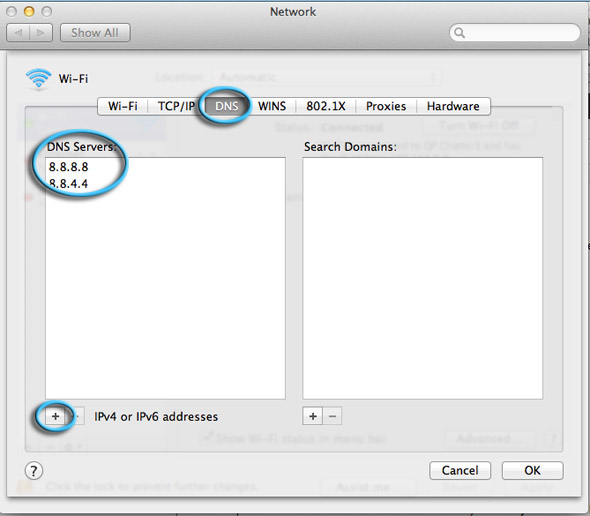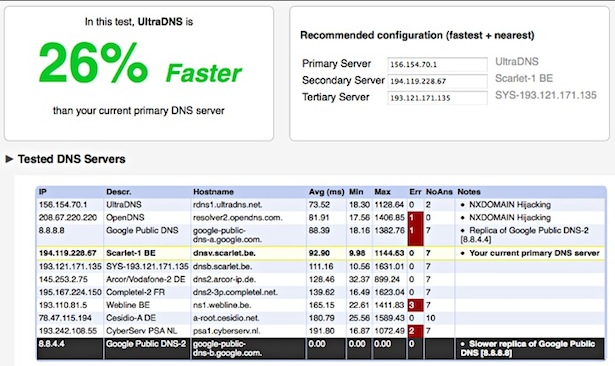

If this is the case, it means the DNS server on your router has contacted one or more upstream DNS server(s), forwarding your request. Your router’s IP address may differ from our tool’s DNS test results, which display the public IP address of the DNS servers that contacted our test platform. This will be your router’s IP address on your local network. In the example above, it’s 8.8.8.8.īe aware that in many home networking configurations, you will likely see an IP address starting .X or 10.X.X.X. The line starting “Address” will show your DNS server.You’ll see results that look like these:Īddress: 8.8.8.8 Non-authoritative answer:.On Windows, open the Command Prompt by: clicking ‘Start Menu,’ typing cmd, and pressing ‘Enter.’ On Mac, open the Terminal by: pressing the Command Key + Space Bar, typing terminal, then pressing ‘Enter.’.So if you are using Google DNS servers, there is also a chance that Google also monitors it. Is it safe to use 8.8.8.8 DNS DNS is encrypted so that your ISP may monitor it. By configuring this, your DNS queries will go to the Google DNS server rather than your ISP-provided DNS server.
#Use google 8888 dns servers mac how to
Here is how to find your DNS server on PC or Mac step-by-step: 8.8.8.8 is the recursive DNS operated by Google. We will use a standard utility that takes a domain name as input, and makes a DNS query to resolve that domain name to an IP address. The quickest way to find your DNS server’s IP address on your PC or Mac device is to: Once your web browser knows the IP address of a website, it communicates with the server at the IP address, and displays the received web content that is available on the URL.ĭespite the number of steps involved, the process of resolving a DNS query and displaying a website’s content happens very quickly. This information is then returned to your browser running on your computer. Finally, the resolver communicates with these Authoritative Name Servers, querying the fully-qualified domain name, and receives 1 or more IP addresses which are the servers that host the content required.The DNS resolver then communicates with a server from this list, passing the domain name and TLD to the server, and gets a response of 1 or more IP addresses for the Authoritative Name Servers for the domain name and TLD.Normally DNS servers are assigned automatically.


The response to this is 1 or more IP addresses for TLD servers. A DNS server is responsible for translating website names, such as to IP addresses.


 0 kommentar(er)
0 kommentar(er)
